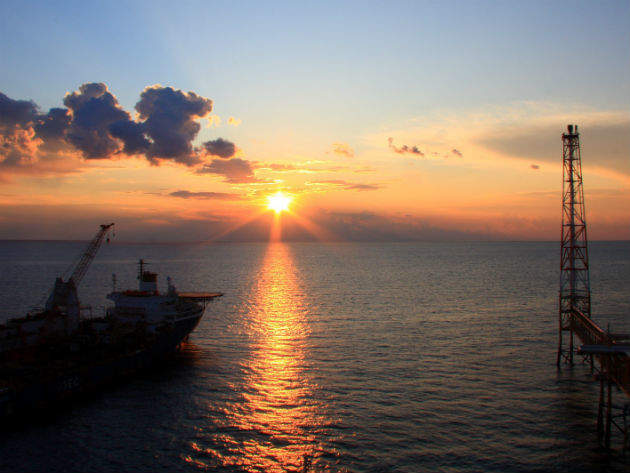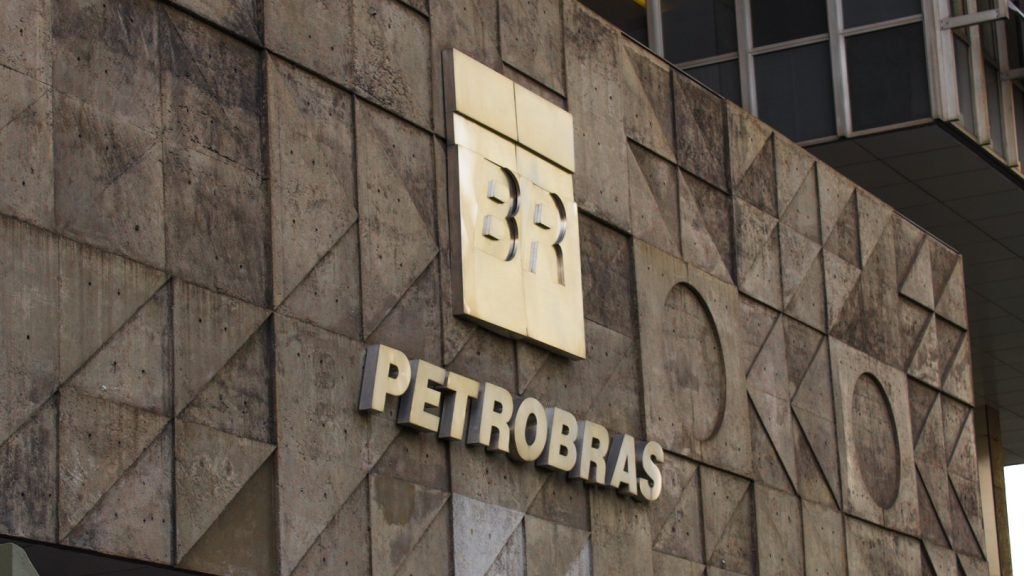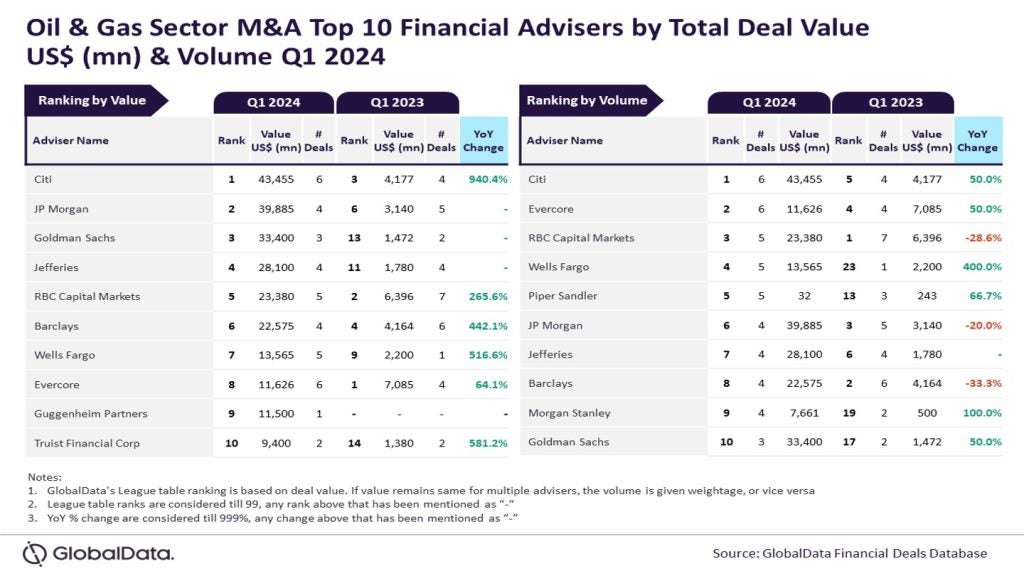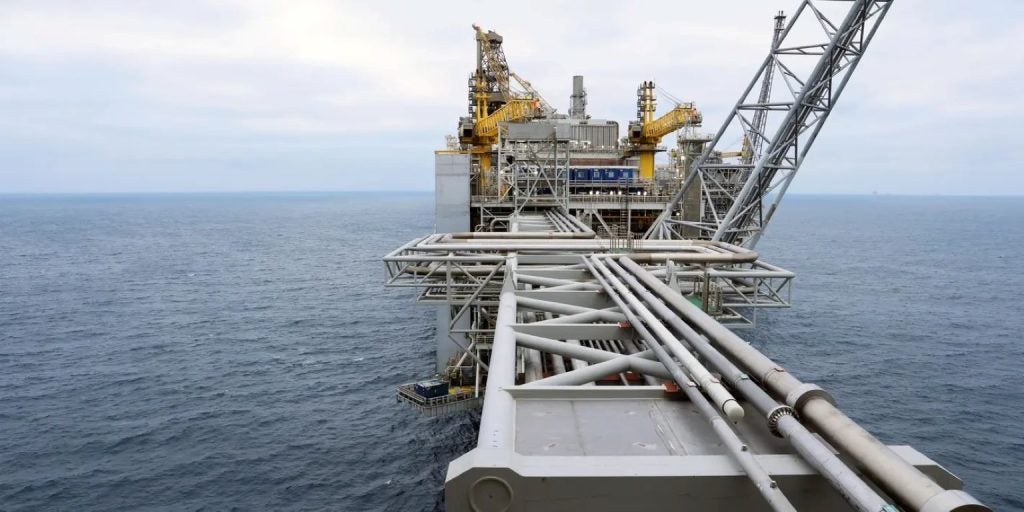

In the middle of the Persian Gulf, Iran shares a claim to one of the largest gas fields in the world – South Pars. Its reserves account for roughly 7.5% of the world’s gas reserves and almost 40% of Iran's total natural gas wealth.
This resource covers an area of 9700km2, of which 3700 km2 belongs to Iran and the rest to Qatar, where it is known as the North Field.
The Iranian portion is estimated to contain some 14 trillion cubic metres of gas reserves and some 18 billion barrels of gas condensates, according to Pars Oil and Gas Company (POGC), a subsidiary of the National Iranian Oil Company (NIOC).
Since the mid-2000s development of the field has stagnated due to a lack of foreign investment and export opportunities because of United Nations (UN) and Western sanctions against Iran. A partial lifting of these sanctions in 2015 has enabled POGC, which was established in 1998, and the government to move forward with the 24th development phase set out for the field.
The Total deal
In November 2016, French multinational Total became the first foreign company to sign a heads of agreement deal with NIOC worth $2bn. Previously, only memoranda of understanding with foreign firms had been signed.
How well do you really know your competitors?
Access the most comprehensive Company Profiles on the market, powered by GlobalData. Save hours of research. Gain competitive edge.

Thank you!
Your download email will arrive shortly
Not ready to buy yet? Download a free sample
We are confident about the unique quality of our Company Profiles. However, we want you to make the most beneficial decision for your business, so we offer a free sample that you can download by submitting the below form
By GlobalDataThe Total deal includes a two-phase project, working with Chinese CNPC and Iranian Petropars, for 30 wells and two wellhead platforms connected by two subsea pipelines to existing treatment facilities onshore. The second phase will include construction of offshore compression facilities. Total will serve as operator of the project.
Project partners are now working to finalise the 20-year deal under terms established by the recently approved Iranian Petroleum Contract.
Jean-François Seznec, scholar at The Middle East Institute, says the Total deal is ‘significant’ for the development of this capital-intensive project as the company already has extensive experience in South Pars. The corporation developed phases 2 and 3 of the field before the UN imposed sanctions in 2006 that forced it to exit Iran.
“Of course, the issue for Total, as for every international operating company, is to actually finalize a deal with the Iranians, which is always harrowing,” he adds.
Potential for Iran
The benefits of the South Pars project to Iran include increased energy security, general industrial and public benefits, more gas for reinjection in Iranian oil fields, and the development of a larger petrochemical industry, according to Seznec.
Once completed the Persian gas field will offer Iran extensive monetary rewards.
According to the company the total required budget for South Pars is $91bn, $30.7bn of which has been spent in completed projects. Some $60.3bn is devoted to ongoing developing projects – $39bn spent and $21bn expected to be spent in finalising the remaining projects.
The company said the cumulative amount of the produced gas in South Pars up to the middle of 2015 was 879 billion cubic metres, which had a value of more than $378bn.
Export opportunities and challenges
Some of the gas from South Pars will be used domestically, but the real opportunity for Iran lies in exports.
Iran’s export returns have been steadily declining. The state’s oil and natural gas export revenue was $118bn in the 2011/2012 fiscal year, according to the International Monetary Fund (IMF). In the 2012/2013 fiscal year, oil and natural gas export revenue dropped by 47% to $63bn.
The IMF estimates that Iran's oil and natural gas export income fell again in the 2013/2014 fiscal year by 10% to $56bn. The revenue loss is attributed to the sharp decline in the volume of oil exports from 2011 to 2013.
Natural gas exports have increased slightly over the past few years, but now Iran exports only a small volume of natural gas as most of its production is consumed domestically.
A pipeline has been proposed, leading from South Pars towards Europe via Iran, Iraq, Syria and Lebanon to supply European customers as well as Iraq, Syria and Lebanon. However, sanctions on Iran and Syria , as well as financing difficulties, have snuffed the project.
Iran continues to face difficulties in finding a viable export solution.
“Iran has very little export capability except the pipeline to Turkey. It has no LNG facility,” adds Seznec.
Sarah Haggas, director for Middle East energy at IHS Markit, adds: “With some effort it could build an underwater pipeline to Oman and use the LNG facilities there, but this is billions of dollars away. Iran has to find proper international outlets, which requires cooperation from its neighbours for the pipelines and from the US to obtain proper LNG technology.”
Following Qatar’s lead
Continued development of South Pars will require significant investment in engineering and technology, and not just pipelines. This will only be possible with foreign direct investment and Iran would be well advised to follow Qatar’s example.
“Qatar has been successful because it has embraced international investment, focused its resources upon the development of key reservoirs and successfully marketed gas exports,” says Haggas.
The country has developed its share of the reserves with the help of ExxonMobil. The company has participated in twelve of the 14 LNG trains, 27 of the world’s largest LNG ships, three receiving terminals in Europe and the US, and Qatar’s largest condensate refinery. Additionally, ExxonMobil is the only foreign participant in two domestic gas projects – Al Khaleej Gas and Barzan Gas.
But it is questionable whether Iran can copy the Qatar model. “It will depend upon investment terms and ongoing sanctions,” says Haggas.
If Iran does opt for LNG exports like its neighbour, says Seznec, it will need to work with the US who “directly or indirectly control LNG technology”. He adds: “Even companies like Total, BP or Sinopec will need US suppliers to build the LNG trains. These suppliers are restricted under the present US sanctions, which are most unlikely to be lifted in the existing atmosphere.”
Future challenges for foreign firms
While sanctions against Iran may have eased, the country is still in a challenging – but not impossible – position. It needs to think smart and be cooperative.
Seznec says if Iran can prove reasonable in its negotiations more foreign companies will want to work in the Islamic state.
However, corporations opting to take a chance on Iran should be aware of the likelihood of increased scrutiny from Western governments and the UN because corruption is an issue.






